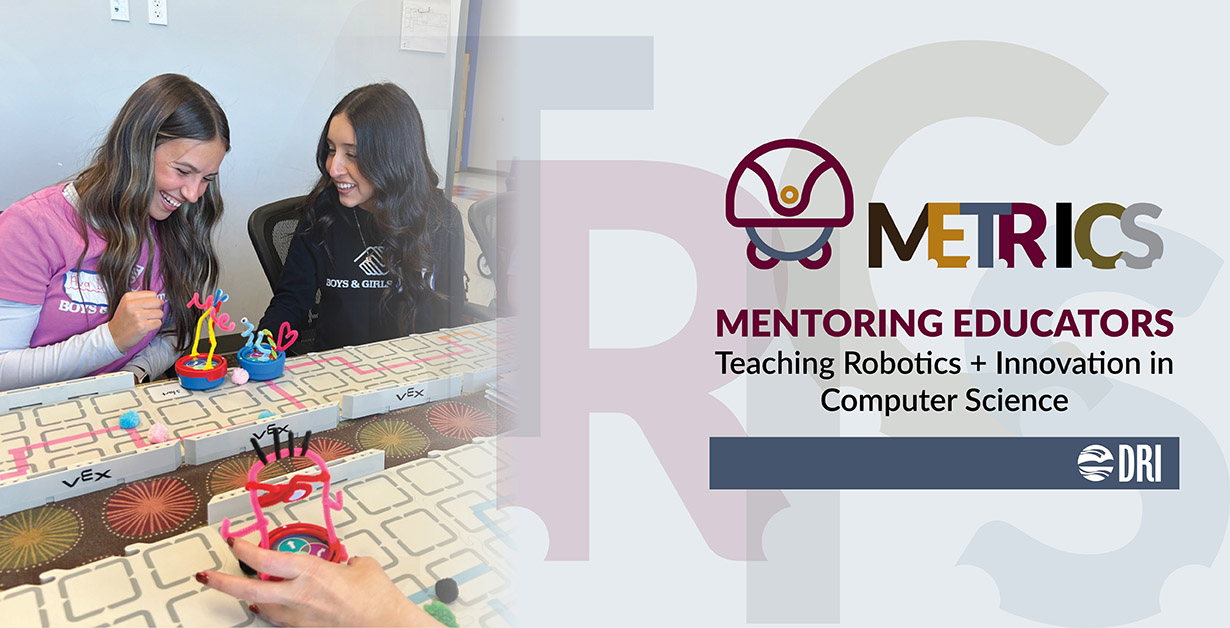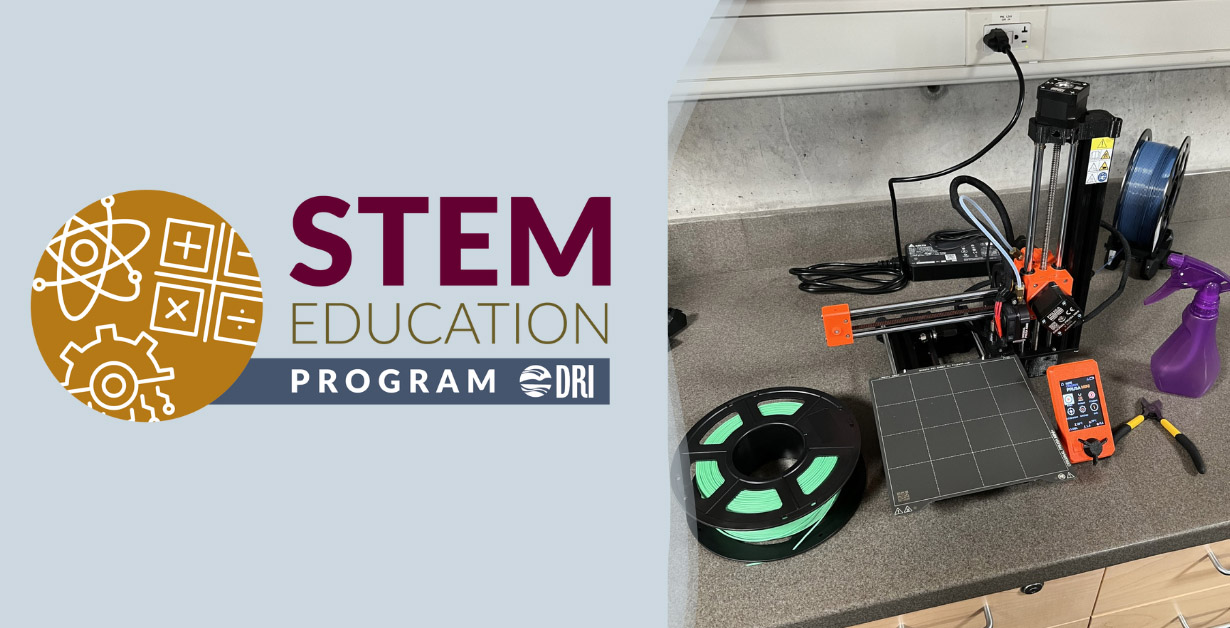Make this event a home run by joining DRI’s STEM Education Program for a fundraiser on July 28th with the Reno Aces! It’s simple. Just use the link below to purchase your tickets. Half of the sales from this link will go back to DRI’s STEM Education Program, which will help to support innovative, accessible, and free STEM learning resources, tools, and trainings for youth, college students, and educators in Nevada. There’s lots of fun on deck for family and friends. Enjoy the salty taste of ballpark peanuts, the crack of the bat, and the excitement of the crowd, all while making a meaningful impact in your local community. Don’t miss out on this opportunity to support STEM education initiatives in Nevada!
Learn more about the STEM Education Team and their programming at: dri.edu/science-alive



